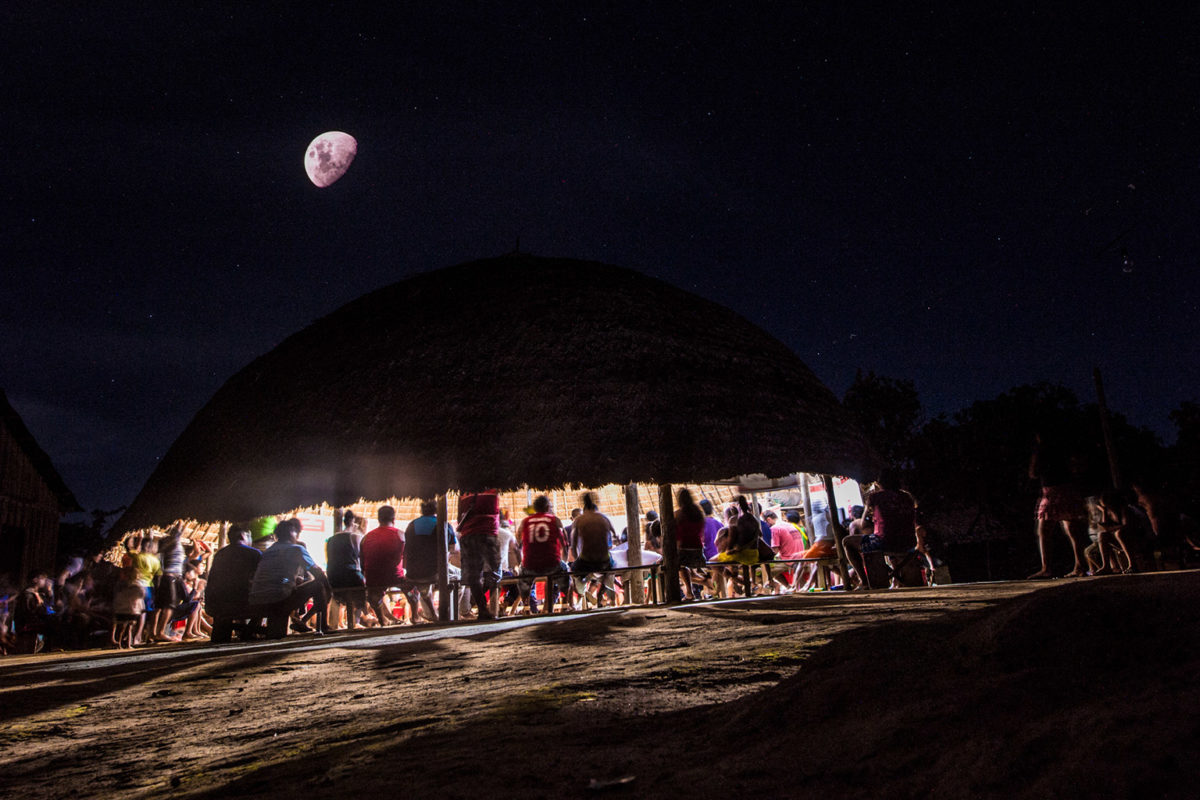Since the early 2000s, the Gordon and Betty Moore Foundation has invested more than half a billion dollars into efforts to protect the Amazon, making it the largest private donor of conservation efforts for Earth’s largest rainforest. The foundation has supported a range of interventions, including establishing protected areas and Indigenous territories, using technology to monitor forest clearing and degradation, and working with agribusiness companies and governments to reduce deforestation from commodity production.
But while the Moore Foundation’s largesse helped contribute to a decline in deforestation across the Amazon from the mid-2000s to the early 2010s, and to a blossoming of conservation innovations and institutions, deforestation has since soared in Brazil, suggesting the limits of private philanthropy and civil society in arresting forest destruction when national leaders are opposed to environmental protection.

But Aileen Lee, the chief program officer for the Moore Foundation’s Environmental Conservation Program, says that while the recent reversal is a setback for Amazon conservation efforts, there are reasons for optimism, including identifying new strategies for impact.
“The recent setbacks in the Amazon are a sobering reminder that the gains we’ve made in the Amazon are still fragile, and much more must be done to secure them,” Lee told Mongabay during a recent interview. “But they are also a reminder that opportunities to advance conservation persist at the level of sub-national jurisdictions and indigenous territories even when national level geo-politics turn against our objectives, and our grantees have made the most of these.
“As the Foundation’s grantees have adapted their strategies, we’ve learned about interventions that can strengthen our overall conservation toolkit, for example, litigation capacity in service of indigenous rights or new capacity building efforts to address the problem of fires in the Amazon.”

Lee’s pragmatic perspective on the situation in the Amazon is informed by her professional background, which includes earning a law degree and working as a management consultant at McKinsey & Company, and her nearly 20 years working at the foundation, including stints in its programs to protect salmon habitat in the Pacific Northwest and improve the sustainability of commodities markets.
Lee says her pre-Moore career taught her “both the power and limitations of the law as a tool for protecting the environment” as well as “how to ‘make the business case’ for change” within organizations.
“It also taught me about the practical obstacles that can impede meaningful implementation of commitments to improve environmental performance, even when there is principled support from the C-suite,” she said, referring to her work with corporate clients while at McKinsey. “I see these issues playing out constantly in the Foundation’s Conservation and Markets work, where the real challenge that our grantees face right now is converting ambitious pledges into tangible changes in production and harvest practices that actually touch ground in the landscapes and seascapes we care about.
“At a more basic level, I’ve also found that the client-service mindset I developed as a management consultant has been a valuable part of my toolkit as a grant maker,” she continued.

“In some ways, management consultants and grant makers are similarly situated relative to those who their work is intended to serve: you provide support, but you are not the one who actually carries out the work, and you will never be as close to the realities of the problems and opportunities as they are. At the same time, you can hopefully help those you support access resources, knowledge, and networks that might not otherwise be available to them. You can listen well, help remove obstacles in their path, and put them in a position to realize their full potential. Those are lessons from management consulting that I’ve tried to keep top of mind working in philanthropy.”
Lee spoke about her background, the changes she’s seen in the philanthropic and conservation sectors over the past two decades, the role of technology in achieving conservation outcomes, the importance of collaboration between funders, and more during a conversation with Mongabay.
READ THE INTERVIEW

